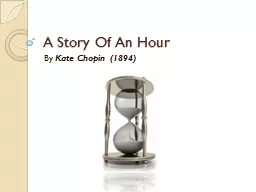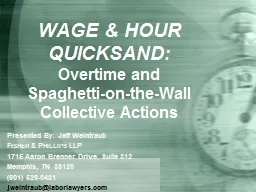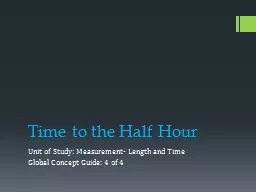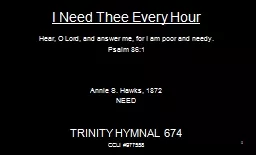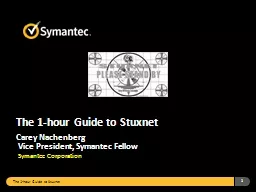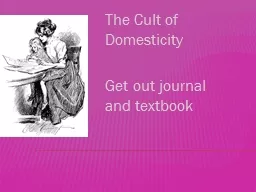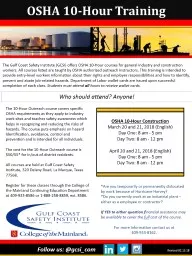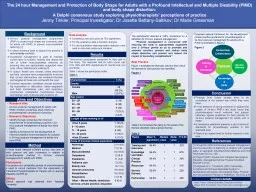PPT-A Story Of An Hour
Author : giovanna-bartolotta | Published Date : 2016-04-11
By Kate Chopin 1894 Kate Chopin She was born 8 February 1850 in America She considered by forerunner of feminist authors of the 20th century she wrote short
Presentation Embed Code
Download Presentation
Download Presentation The PPT/PDF document "A Story Of An Hour" is the property of its rightful owner. Permission is granted to download and print the materials on this website for personal, non-commercial use only, and to display it on your personal computer provided you do not modify the materials and that you retain all copyright notices contained in the materials. By downloading content from our website, you accept the terms of this agreement.
A Story Of An Hour: Transcript
Download Rules Of Document
"A Story Of An Hour"The content belongs to its owner. You may download and print it for personal use, without modification, and keep all copyright notices. By downloading, you agree to these terms.
Related Documents

